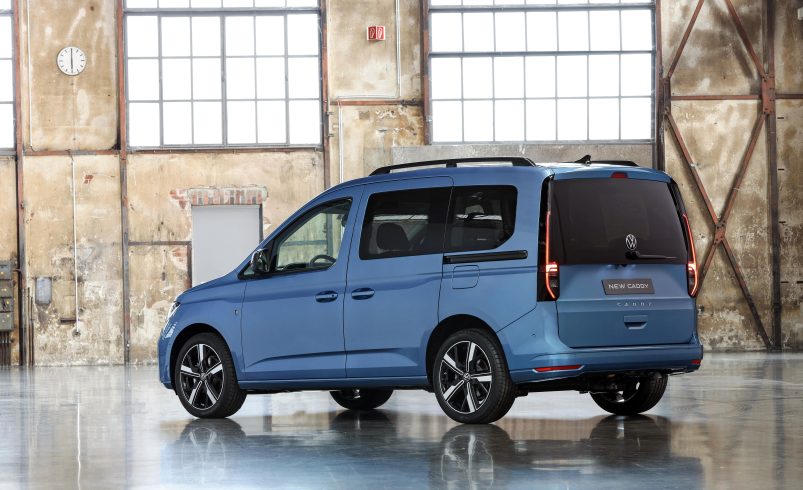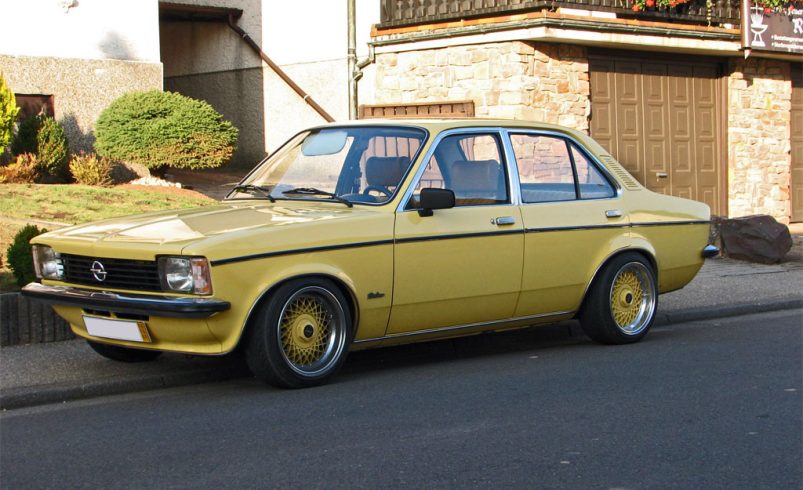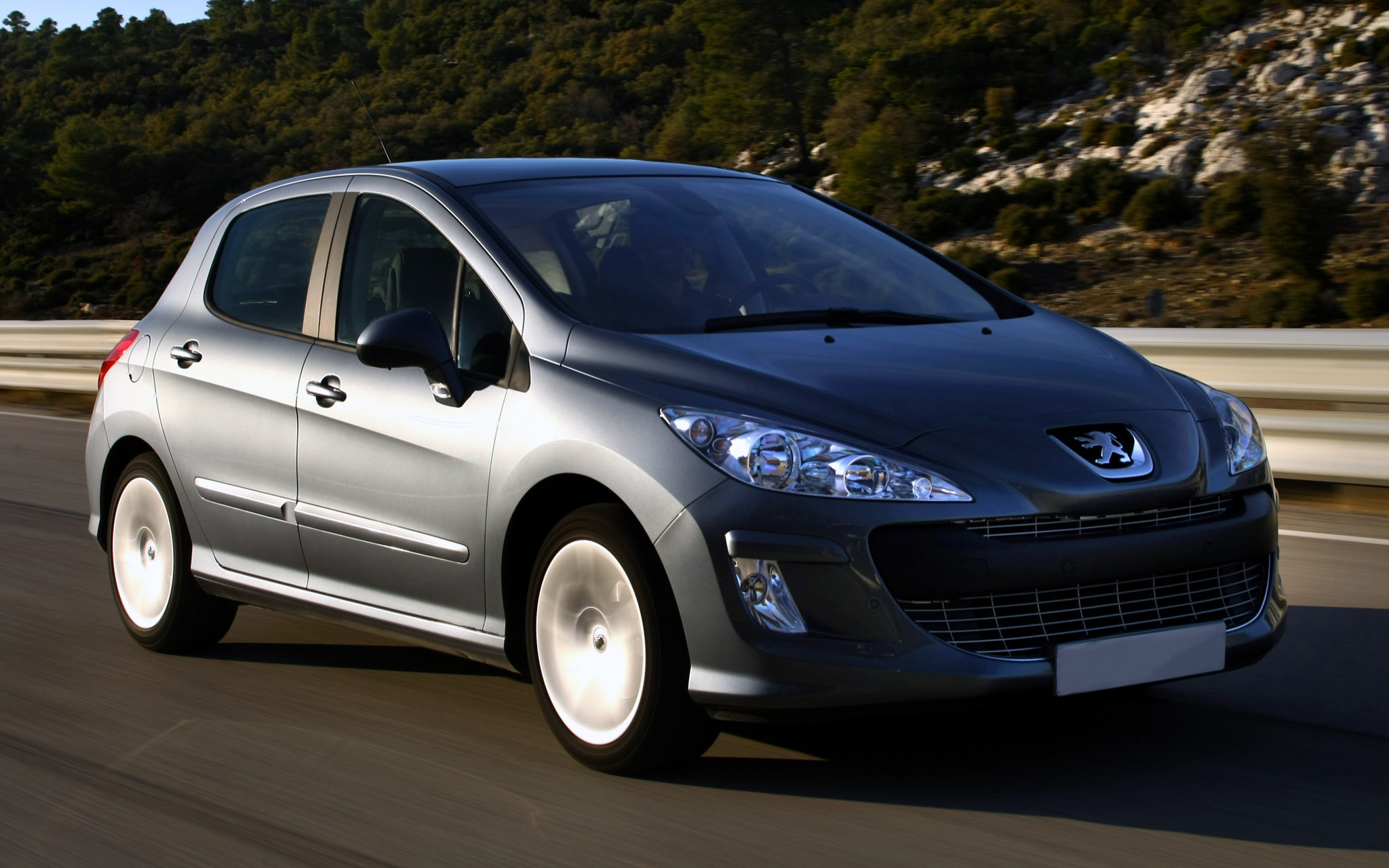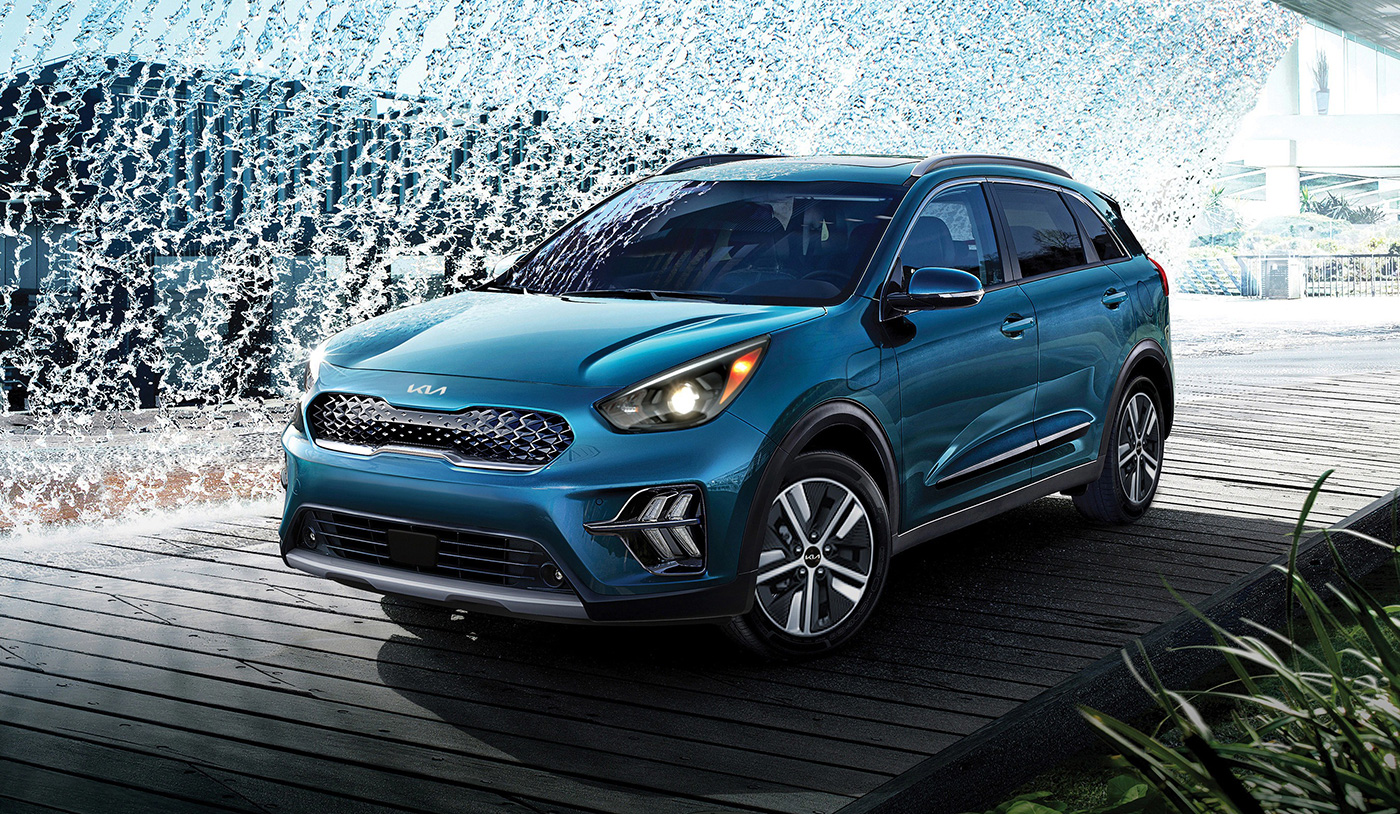Volkswagen Caddy

The Volkswagen Caddy is a panel van and leisure activity vehicle (M-segment) automaker Volkswagen Group. More innovative and versatile than ever before, meet the Volkswagen Caddy. In addition to a new, sleek design, it features a wealth of new features, smart Driver Assist systems, a fully digital cockpit, and a ground-breaking infotainment system. Still as reliable, comfortable and practical as ever, the Caddy is ready for whatever comes next.
The Caddy came to fruition when Volkswagen of was experimenting with Golf derivatives, developing an estate and a pickup truck with a 1.83 m-long (6.0 ft) bed. VW of engineering team was led by Duane Miller, who acknowledged the initial design was completed in partnership with Sheller Globe.
Volkswagen released the Volkswagen Rabbit Pickup, produced at the Volkswagen Westmoreland Assembly Plant in Pennsylvania. Trim levels such as LX and Sportruck were available.

The Rabbit Pickup was equipped with one of two engines: a 1.6L diesel with 52 hp (39 kW) or a 1.7L petrol with 78 hp (58 kW).One unique feature of the diesel was that it came with a five-speed gearbox, with the fifth gear, carrying a 0.76:1 ratio, labeled as E for “Economy”. Fuel consumption was rated at 23 / 32 mpg ‑US (10.2 / 7.4 L/100 km) on the EPA city/highway cycles for the petrol engine with the four-speed manual and a corresponding 41 / 54 mpg ‑US (5.7 / 4.4 L/100 km) for the five-speed diesel.Observed fuel consumption for the diesel with no load and driven at a steady 35 mph (56 km/h) in fifth gear was 57.6 mpg ‑US (4.08 L/100 km), dropping to 38.9 mpg (6.05 L/100 km) at 55 mph (89 km/h).The maximum interior width of the bed was 64.4 in (1,640 mm) and the rated payload was 1,100 lb (500 kg).
The first cars under the name Rabbit Pickup were sold for the 1980 model year, delayed from a planned spring rollout. It was not sold as the Caddy until three years later, when the model was introduced to as the Caddy. Cosmetically, the Rabbit Pickup had rectangular headlamps, while the rest of the world received round headlamps
The third generation of Volkswagen Caddy debuted , at the RAI Commercial Vehicle Show in Amsterdam, Volkswagen Commercial Vehicles debuted the Typ 2K Caddy panel van.
The Typ 2K shares 50% of its modules with the Volkswagen Golf Mk5 and Volkswagen Touran. The new model Caddy has a more aerodynamic design, the angle of the windscreen and A pillar is more horizontal, making the dashboard bigger and the bonnet (hood) smaller.
There are two body sizes: “normal” and Maxi. These can both be configured as a Panel Van, a Window Panel Van, Kombi (spartan passenger version), Caddy Life (family version), and a Camping version called the Caddy Tramper or Caddy Life Camper.

Volkswagen Caddy Beach campervan
A Caddy Life or Kombi seats up to five in two rows while a Caddy Life Maxi or Kombi Maxi seats up to seven in three rows. The Life version has interior trimmings like that of a conventional five seater wagon while the Kombi is a naked panel van with windows and seats. The difference in road between the two is described by some as substantial.
The fourth-generation Caddy was unveiled .For the first time, it is based on the Volkswagen MQB platform. The switch to MQB has enabled VW to offer new tech to the Caddy lineup, including Travel Assist, the new oncoming vehicle braking when turning function, connected infotainment systems and digitalized controls.VW is offering the estate and MPV in Kombi, Caddy, Life, Move, and Style trim levels, while the delivery van will be offered in multiple trim levels; for each variant, “Maxi” is appended to the name to designate the long-wheelbase variant. It went on sale.
The design team responsible for the Typ SB was led by Albert Kirzinger.Overall length and width have increased by 92 and 62 mm (3.6 and 2.4 in), respectively, while height has decreased by 5 mm (0.20 in) compared to the Typ 2K.




